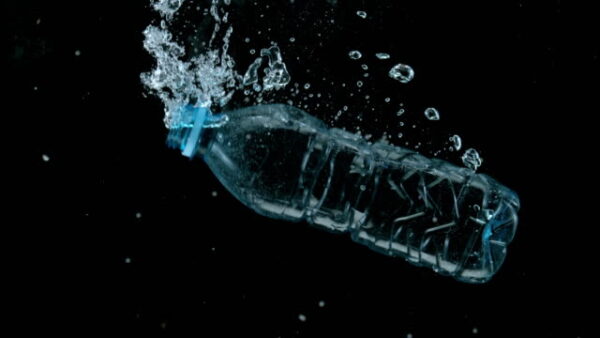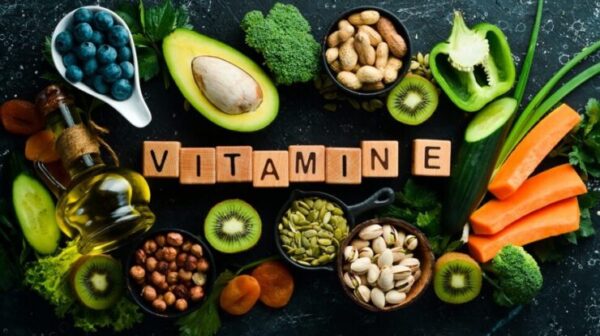Wellhealthorganic.com know why not to reuse plastic water bottles know its reason in Hindi: Numerous water bottle manufacturers design their products for single-use purposes. However, if environmental concerns or immediate container needs prompt you to consider refilling them, the safety of such a practice hinges on the specific type of plastic employed.
Plastic bottles typically feature a number inside a triangle on their packaging, indicating the type of plastic used. This number also serves as a guide to assess the safety of reuse. Here are three prevalent types of plastics found in water bottles:
- Polyethylene terephthalate (PETE or PET): Identified by the number “1,” this lightweight plastic is commonly used in water bottles, as well as containers for sauces, nut butter, and other food items.
- High-density polyethylene (HDPE): Displaying a “2,” HDPE is a robust and durable plastic suitable for detergent bottles, soap containers, and large liquid receptacles.
- Other (ID code 7): Plastic materials falling outside the aforementioned categories are assigned the number “7.” Some water bottles in this category may contain bisphenol A (BPA), a chemical associated with disruptions in the endocrine system. Concerns regarding hormonal balance prompt many individuals to avoid products containing BPA.
Also Read: wellhealthorganic.com simple ways to improve digestive system in hindi
Chemical Leaching:
A primary apprehension regarding reused water bottles is chemical leaching, where plastic chemicals mix with the liquid they contain. However, with appropriate storage and specific plastic types, this concern is generally not associated with single-use plastic bottles.
Type-1 bottles (PET plastics): The FDA has deemed PET plastics safe for both single and repeated use. While there is a risk of antimony leaching in high temperatures, storing PET bottles correctly minimizes such risks.
Type-2 plastics (HDPE plastics): Bottles marked with a “2” can be reused if cleaned thoroughly and undamaged, posing a low risk of chemical leaching.
Type-7 plastics: Some plastics in this category, including polycarbonate bottles, may contain BPA. Research indicates an increase in BPA levels in participants who drank from such bottles for a week.
Plastic Bottles and Bacteria Growth:
The potential for harmful bacterial growth in plastic bottles is a significant concern, surpassing worries about chemical leaching. Quick bacterial development can occur from routine contact between the mouth and the bottle, even if beverages are left unfinished at room temperature. Reusing plastic water bottles is advised sparingly, with thorough washing to mitigate the rapid spread of germs.
Also Read: Well health tips in hindi wellhealth
Wellhealthorganic.com know why not to reuse plastic water bottles know its reason in Hindi, Considering the wear and tear on reused bottles leading to surface cracks and scratches conducive to bacterial growth, opting for reusable stainless-steel or glass bottles is recommended. These alternatives are easily cleanable after each use, eliminating concerns about bacterial overgrowth or chemical leaching, and they offer a more environmentally friendly choice.
FAQs About Wellhealthorganic.com know why not to reuse plastic water bottles know its reason in Hindi
1. Can I safely reuse single-use water bottles?
Answer: The safety of reusing single-use water bottles depends on the type of plastic used. PET plastics (marked with a “1”) are generally considered safe for both single and repeated use, while HDPE plastics (marked with a “2”) pose a low risk if properly cleaned and undamaged. However, caution is advised with type-7 plastics, as some may contain bisphenol A (BPA), which has been linked to hormonal disruptions.
2. Is chemical leaching a concern when reusing water bottles?
Answer: Chemical leaching, where plastic chemicals mix with the liquid inside, is a common concern with reused water bottles. However, if bottles are of the appropriate type (e.g., PET or HDPE), stored correctly, and not exposed to extreme temperatures, the risk of chemical leaching is generally low.
3. How can I minimize bacterial growth in reused plastic water bottles?
Answer: Bacterial growth is a significant concern when reusing plastic bottles. To minimize this risk, wash bottles thoroughly after each use, and avoid leaving unfinished beverages at room temperature. Consider choosing alternative materials like stainless steel or glass, which are easier to clean and less prone to bacterial overgrowth.
4. Are there health risks associated with using plastic bottles labeled as type-7?
Answer: Type-7 plastics encompass a variety of materials, and not all contain bisphenol A (BPA). However, some, like polycarbonate bottles, may contain BPA. Research suggests an increase in BPA levels in individuals who drank from such bottles for a week. If concerned about BPA exposure, it is advisable to skip type-7 plastics containing BPA.
5. What are alternatives to reusing plastic water bottles?
Answer: For those seeking alternatives to reusing plastic water bottles, stainless-steel or glass bottles are recommended. These materials are easily cleanable after each use, minimizing the risk of bacterial overgrowth. Additionally, they eliminate concerns about chemical leaching and offer a more environmentally friendly choice compared to single-use plastic.




